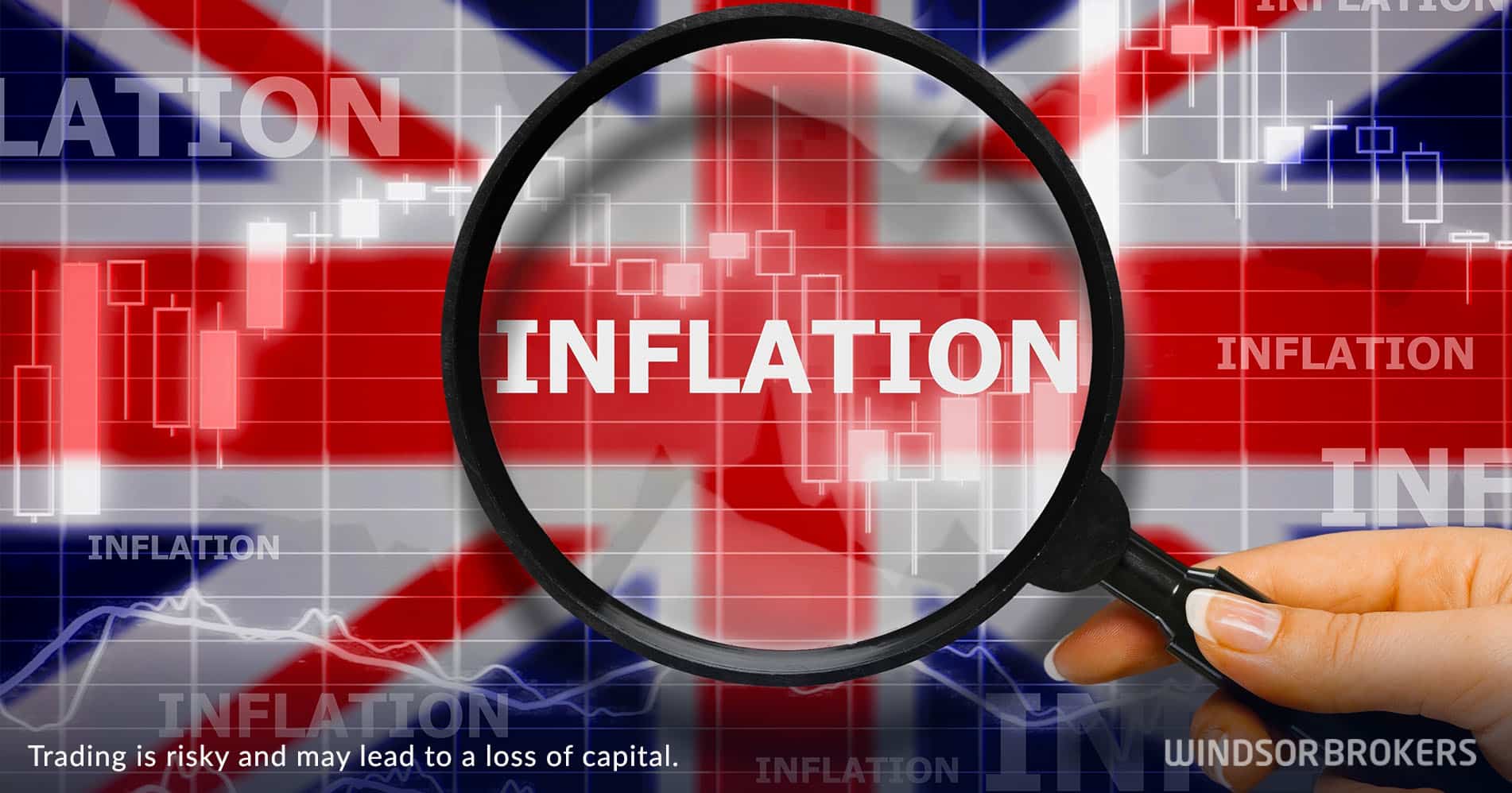Unexpected drop in UK inflation in February is likely to be short-lived
British consumer prices rose by 2.8% year on year in February compared to 3.0% increase previous month, and fell below consensus for 2.9% rise
The main contributor to unexpectedly strong drop in inflation in February were footwear and clothing prices, which fell for the first time in more than three years.
Lower than expected February numbers brighten the picture and provide temporary relief to consumers, although the economists were not optimistic in expectations for sustained easing but see risk of fresh price pressures that may push inflation towards 4% in coming months, with strongest upward pressure expected from rising energy prices.
Lower than expected consumer prices in February would probably contribute to expectations for BoE rate cut in the policy meeting in May, though the UK policymakers are likely to keep cautious stance and check all available economic data before making a final decision.
The British central bank expects inflation to peak at 3.75% in the third quarter of this year, which is almost double its 2% target, with by higher energy costs and regulated tariffs for household utility bills, expected to be a main drivers of inflation.
The Bank of England will continue to face two opposite powers, elevating inflation from one side and slower economic growth from the other, after halving the previous expectations for economic growth to 1%, impacted by growing uncertainty in the global economy, that resulted in instability in global trading, high borrowing cost and increased pressure on households.


